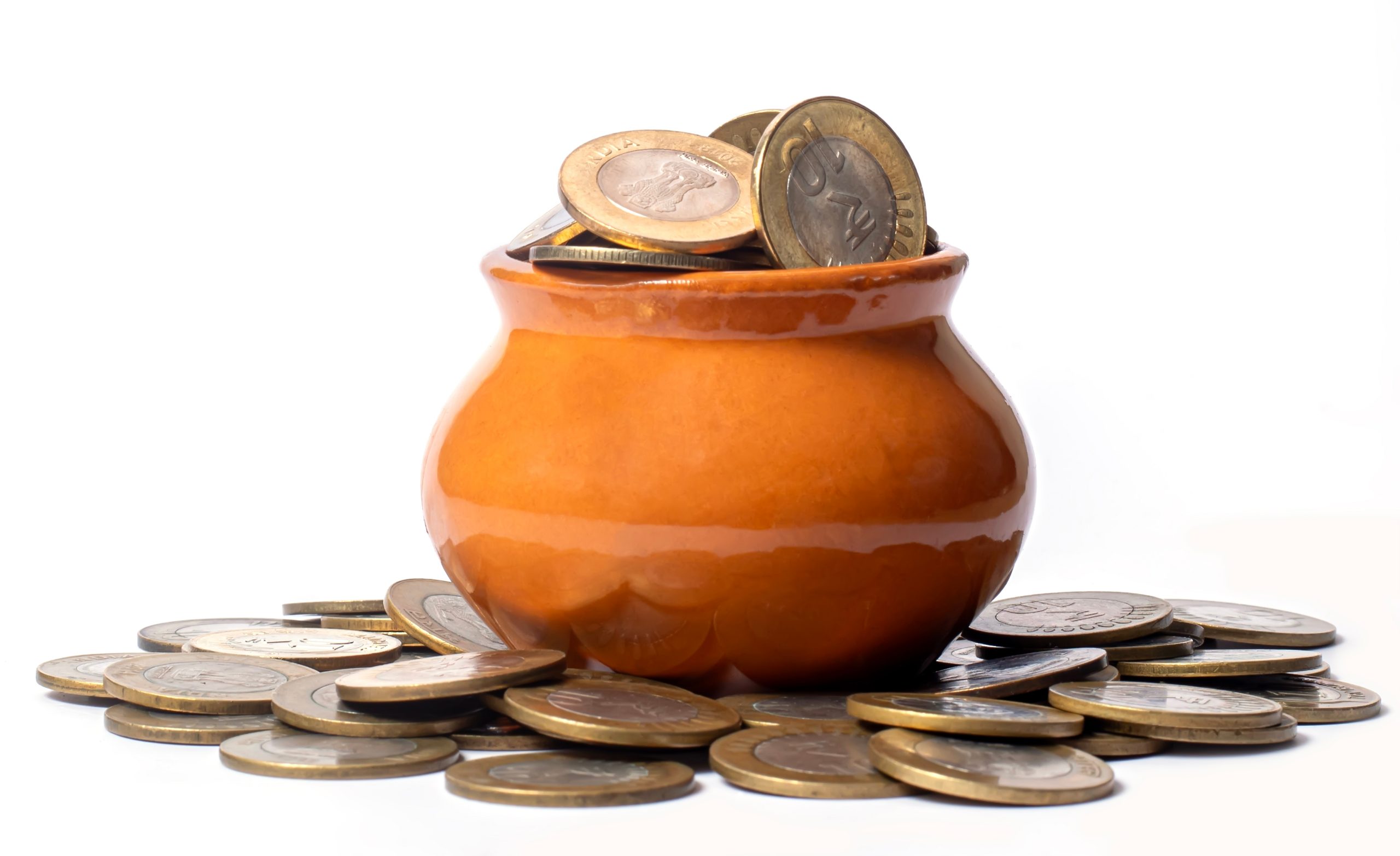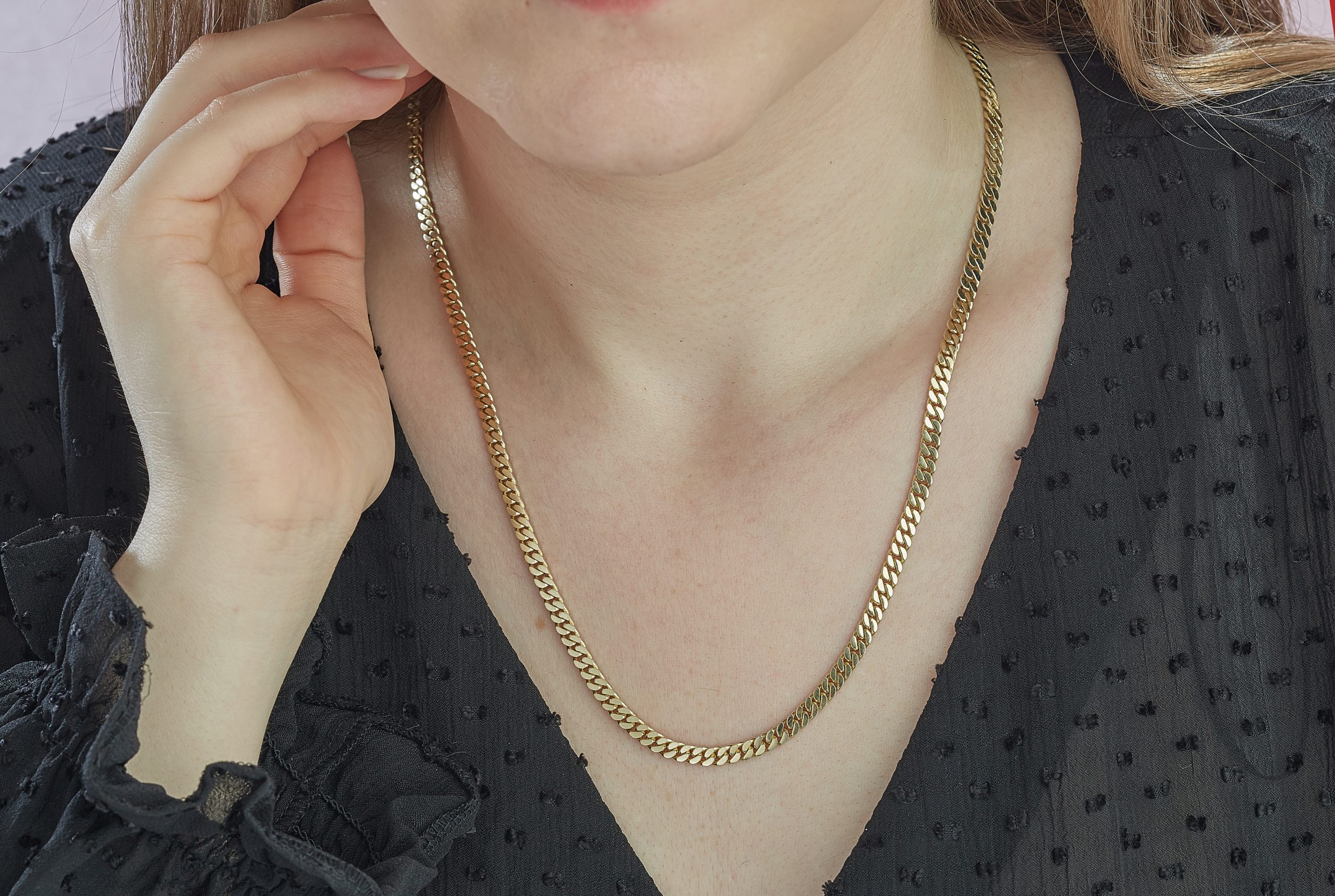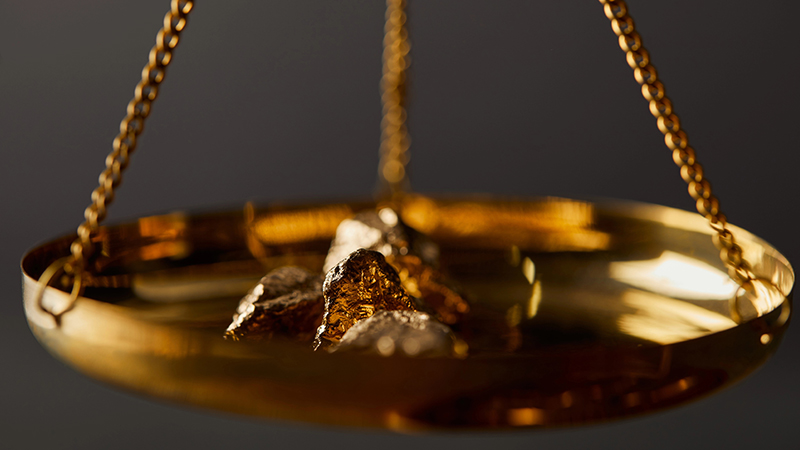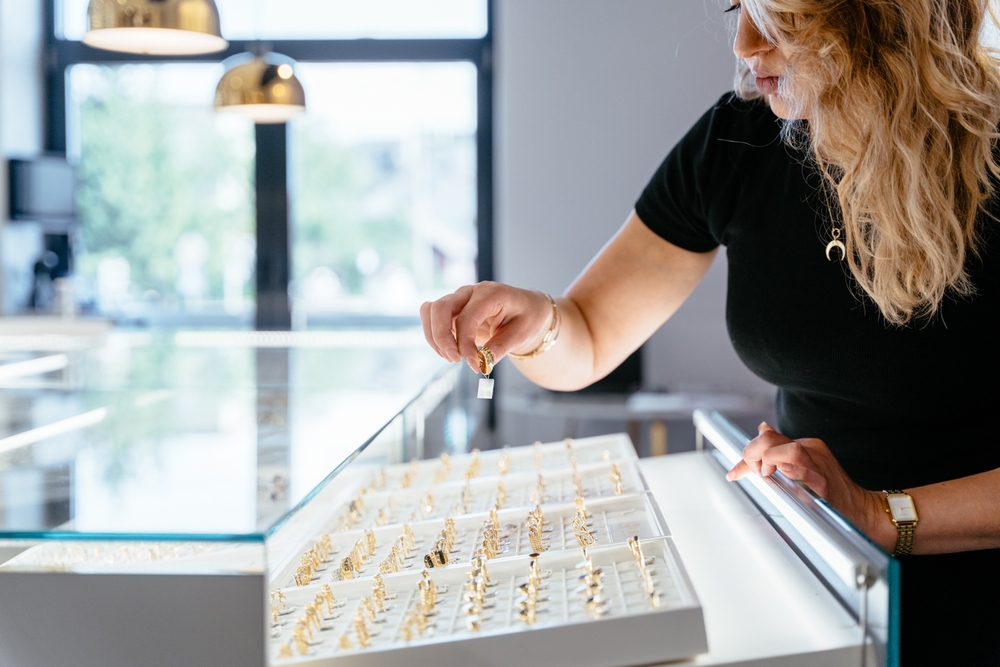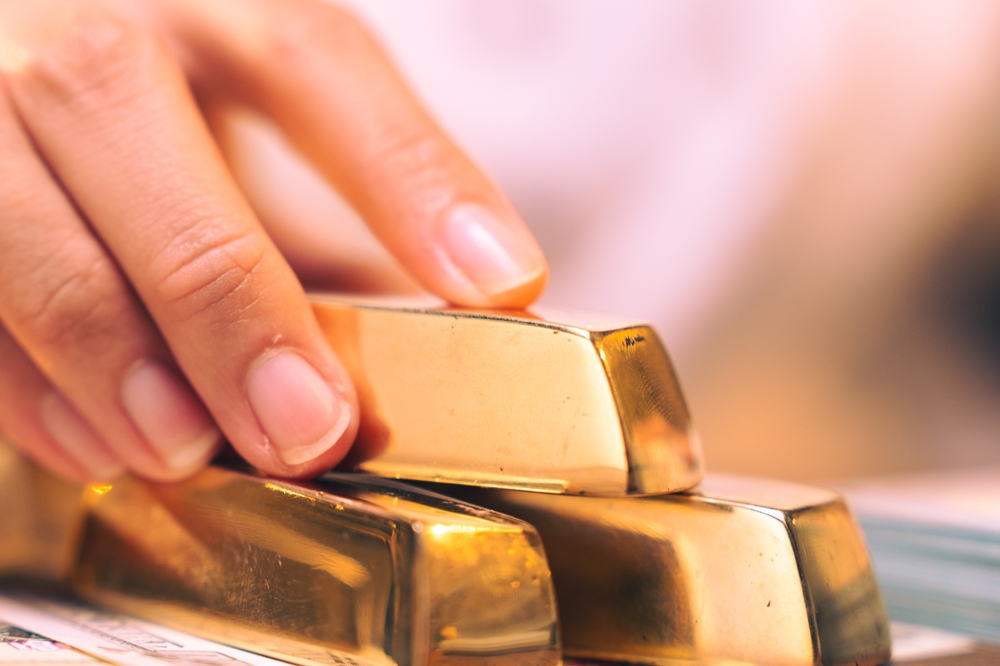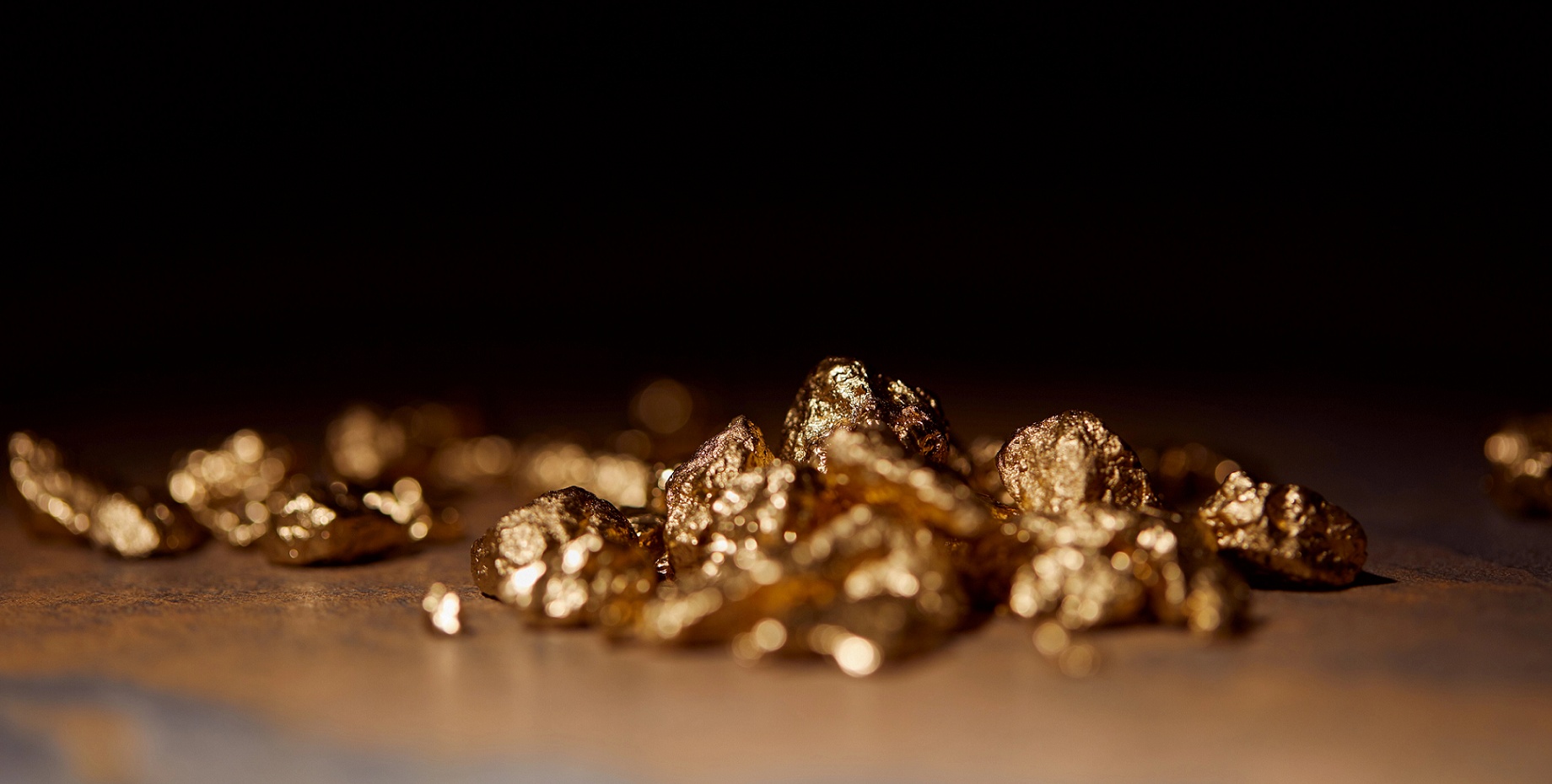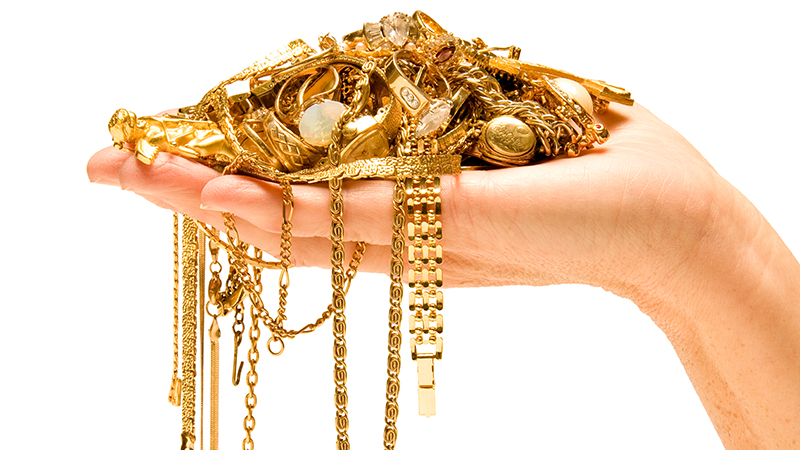Deciding whether to sell or hold on to your gold can be tricky. Some pieces carry deep sentimental value, while others might be gathering dust with real cash potential. We’ve worked with all types of gold owners—from collectors and investors to folks cleaning out old family drawers—and we know it’s not always a clear-cut choice. What follows is a simple breakdown of how to evaluate your gold, what factors matter most, and how to move forward with confidence.
Understand the Type of Gold You Own
Not all gold is created equal. Some items are made of solid gold, while others are merely gold-plated. This matters because the value can vary greatly. Solid gold is worth much more, but even among solid items, the purity level changes everything.
Gold purity is measured in karats. For instance, 24K is pure gold, while 10K is only about 41.7 percent gold. That is to say, the higher the karat, the higher the melt value. However, not every item should be judged by gold content alone. A vintage 14K necklace from a known designer could be more valuable than a plain 22K chain. In other words, the design, history, and maker sometimes outweigh the raw metal content.
Check for Hallmarks and Stamps
Before doing anything else, look for hallmarks. These are small engravings on your jewelry or coin that indicate its gold purity. Common marks include 10K, 14K, 18K, and 24K, or sometimes numbers like 417, 585, 750, and 999, which are millesimal fineness values.
However, some older or foreign-made items might lack clear markings. In those cases, testing the gold becomes important. Meanwhile, if you’re unsure what your item is made of, you don’t need to guess. Professional gold buyers in Saskatoon can help determine exactly what you have by testing purity levels without damaging the item.
Consider Sentimental and Collectible Value
While the metal value is often the first thing people think about, it’s not the only value your item might carry. For example, old gold watches, antique brooches, and coins might be collectible. Likewise, if a ring belonged to your grandmother or a pendant was passed down, the sentimental value could far exceed its price in weight.
That being said, not every old item is collectible. A plain gold bracelet from the 90s likely doesn’t have historic value. However, if it was made by a notable brand or has an unusual design, it could be worth more. You can always get a second opinion if you suspect it might have additional value beyond the gold weight.
Weighing Scrap Value Against Emotional Worth
If you’re leaning toward selling, try separating your decision into two tracks. On one hand, consider the scrap value. This is based purely on weight and purity. On the other hand, consider how much the item means to you or your family.
For instance, a broken necklace with no strong personal connection might be easy to let go of. Consequently, it could be a great opportunity to cash in without regret. But a family heirloom with a long story behind it might deserve to stay with you—even if it’s not especially valuable on the market. In cases like that, we often recommend keeping it unless you’re facing a financial need.
Watch the Market for Timing
Gold prices change daily. Therefore, timing your sale can make a real difference. If gold prices are high, selling might be smarter. If prices are dropping or stagnant, it may be better to hold off. This doesn’t mean you need to become an investor. In fact, just checking the average price of gold per gram can give you a decent sense of the current market.
Moreover, selling during times of financial stress or urgency might lead to regret. So, whenever possible, plan ahead. If you have a few pieces in mind, getting them appraised and watching the market for a few weeks could help you make a more informed choice.
Learn the Resale vs Melt Value Difference
A common mistake is assuming that gold weight equals value. However, some items are worth more than their melt value. For example, antique gold coins, branded designer jewelry, or limited-edition gold pieces often command a premium.
To clarify, melt value is what you’d get if your gold item were melted down and sold purely as raw material. Resale value, in contrast, factors in design, demand, and craftsmanship. This is why we suggest you avoid selling purely on weight if you think the item has other unique characteristics. A good resource for comparing options is this sell your gold page, which outlines what types of items tend to bring higher-than-scrap value offers.
Assess the Condition of the Item
The condition of your gold item can influence both resale and collector value. That is to say, an item in excellent condition may be worth keeping as part of your long-term assets. Damaged pieces, on the other hand, are more likely to fetch scrap prices.
For example, a dented ring with missing stones may not appeal to collectors. However, its gold weight still holds value. In those situations, selling might make more sense. Similarly, if you have pairs—like earrings—but one is missing, that can affect your decision. You may want to sell the single one for its weight rather than trying to match or restore it.
Understand the Demand for Your Specific Item
Not every type of gold is equally in demand. For instance, coins and bars are easier to sell because they’re already valued by purity and weight. Jewelry can be more subjective. To put it simply, chains and rings in popular styles usually sell faster than elaborate or outdated designs.
Furthermore, demand for gold items can vary depending on the region. What’s popular in one market might not move in another. If you want to check demand in your area, gold buyers in Saskatoon can offer guidance based on current buying trends and what they see customers looking for.
Extra Tip: Separate Stones From Gold First
One tip we don’t often see talked about is the value of separating non-gold materials from your items before selling. That is to say, some gold jewelry contains stones that aren’t worth much or don’t affect pricing. If you’re not emotionally attached to the stones, removing them can make it easier to weigh and assess the actual gold content.
Conversely, if the stones are valuable—such as diamonds or gemstones—you might want to have them appraised separately. In some cases, buyers may only pay for the gold weight and ignore the stones, so keeping or selling them individually could make better financial sense.
When to Ask for a Professional Opinion
You don’t need to be an expert to figure out if selling your gold makes sense. However, when in doubt, it’s always helpful to get a no-pressure appraisal. Some pieces look ordinary but are actually rare or antique. Likewise, others might appear valuable but only have minimal gold content.
If you’ve got items you’re unsure about, feel free to contact us to set up a quick review. Whether you end up selling or holding on to your items, you’ll at least know exactly what you’re working with.
FAQ
How do I test gold at home to see if it’s real?
You can try simple methods like the magnet test or scratch test with a ceramic plate, but for accurate results, it’s best to have it professionally checked with acid or electronic testing.
Is it better to sell gold jewelry or melt it down?
It depends. If the item has resale or collectible value, selling it as-is might bring more money. Otherwise, broken or plain items are often best sold for scrap.
Can I sell gold without receipts or paperwork?
Yes. Receipts aren’t usually required, especially if you’re dealing with private pieces. However, buyers will still test the item to confirm its purity and value.
Does the karat of gold affect how much I get paid?
Absolutely. The higher the karat, the more gold it contains, which directly impacts its price per gram. For example, 24K gold pays more than 10K gold per the same weight.
Are gold coins more valuable than jewelry?
Sometimes. Coins tend to sell for closer to market rates because they are easy to weigh and verify. Jewelry may include artistic value but also deductions for stones or damage.

